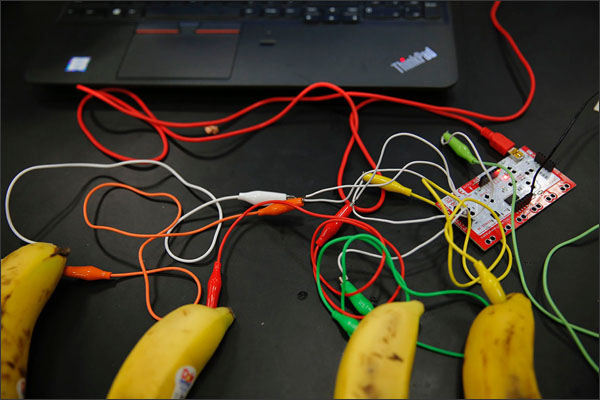Startup Founder Offers Peek Inside Venture Capital Dealmaking at SXSWedu

Austin, Texas
If you’ve come to SXSWedu looking for debates about school policy, take your pick of the hundreds of panels and forums crowding this conference’s public agenda.
But if you’re hoping to witness dealmaking between K-12 companies and potential investors, throw the official program out. That stuff is playing out strictly behind the scenes, and not for public consumption.
Conferences like SXSWedu–as well as ISTE, ASU/GSV, Bett, and others–have long been magnets for venture capitalists and other investors trying to size up startups that they could pour money into and eventually nab returns from.
For a window into this week’s courtship ritual, I spoke with the founder of one data analytics-focused startup company that had meetings lined up with about 15 venture capitalists and other investors at SXSWedu, as well as other sit-downs scheduled in Silicon Valley.
The founder of the startup asked for anonymity in order to speak freely about the back-and-forth with VCs. The startup chief talked about the challenges that today’s market poses for a young company, given that some investors have grown wary of betting on fledgling vendors trying to break out of the “freemium” business model and find reliable streams of revenue.
This startup founder’s company has been providing service for free in more than 20 school districts since last year, and is now making the transition to charging clients for its work on a per-student basis.
The imposition of the charge shouldn’t come as a surprise to those districts, which were told the paid model was coming, the company’s founder explained.
The founder said the company’s client base is growing rapidly, fueled by word-of-mouth recommendations. But in order to ramp up the growth, the company is asking VCs for an investment—somewhere between $500,000 and a $1 million, the startup official said.
Following is a short interview EdWeek Market Brief conducted with the startup official at SXSWedu. The interview has been edited for brevity and clarity.
What’s the first thing the VCs here want to know when they sit down to talk with you?
“How much money do you make?” And after that, “What’s the problem you’re solving and why do you care?” What I’m telling them is that I’m fixing a problem based on my own [experiences] and that is near and dear to my heart. It’s a true passion.
What’s the biggest challenge you face in making a pitch to them?
So far, my access to them hasn’t been a challenge, because I’ve had a lot of people who’ve been really supportive of what we’ve been doing. If it’s not the right time for [those particular investors], they’re willing to make introductions for me. At some level, there’s a trust and likeability factor that has allowed me to utilize referrals to other investors, just like I have with [districts for] my company.
The legitimacy factor has been the biggest challenge. It’s proving and validating to them why I should have this money, because our industry, and in education in general, it was really like the dot.com [rush] for a while. So many people got funded on promises that eventually they were going to make a lot of money by doing this freemium model. And here we are, where the rubber meets the road, and for whatever reason [investors] are still pouring money into them [and not seeing results]. They’ve poured so much money in, they can’t give up now.
How does that affect the case you’re trying to make to VCs?
It makes it very challenging for a startup like me, because we have so much more to prove. We’re saying the same thing that [those earlier] companies said, and, who are we? Other companies said this for five years, and they still haven’t done it.
So that’s where this validity comes into play. You have to show investors, “Here’s how we’re going to make money.” It’s no longer investors saying, “We’re going to fund an idea.” So it’s very challenging at an early stage, to grow yourself, to get the exposure, to do these free trials–and then prove that you’ve made money. It takes time. It’s a cycle.
You said your company has increased its number of district clients rapidly. Does this give you any leverage in talking with VCs?
I think we are getting that leverage. I’ll always ask investors in the beginning [of a discussion] what it would take to fund me. Sometimes with investors, it’s a moving target. And to be honest, those are investors that I won’t pursue. I would talk to those investors and they would say, “We need X.” And then it was, “We need X, squared.” And I felt like we were never going to get anywhere. I can’t meet a goal if I don’t know what the target is.”
But certain investors, where it’s a mutual interest, they’ve been very up-front, saying “I want to see this, and I want to see this.” And I’ve been slowly but surely checking those boxes off.
Photo: A product on display at the SXSWedu conference this week called the “Makey Makey” inventor is touted as allowing a user to turn anything that is connected to the wires via alligator clips into a keyboard. It was presented by the students of Odessa College and Chevron at the ed-tech event. (This product is not affiliated with the person interviewed for this blog post.) –Erich Schlegel for Education Week
See also:
